Vanessa here,
My fellow bloggers just finished a great month of marriage posts, so I thought I’d share one more on the actual ceremony.
How to have a Regency Wedding Ceremony
Prelude to a Wedding
Your hero has asked the heroine to marry him. This could be from the love bubbling in his heart or the flintlock pointed at his back for compromising the lady.
Your hero and heroine (who is of age 21 or has parental consent – the flintlock will take care of that one) must wait for their ceremony:
- Three Sundays for the Banns to be published typically in the morning service of the parish to where the ceremony is to take place.
- If you hero hales from a separate parish, the banns must be read in both places otherwise the hero and heroine must wait for this to occur and be attested to by each Curate.
- In a pinch, they can apply for a special license, but a compromised groom is in no hurry.
The day has come. The couple breezes through the ceremony and the Groom plants a kiss upon her lips. Wrong! Wrong!
The ceremony is quite long and more importantly, there is no, “You may now kiss your bride.”
According to the Church of England Common Book of Prayers, which would have been used for all English weddings performed during the Regency, the ceremony is long and there is no exchanging of rings (only a single ring is given) and no kissing. Therefore, if your Groom kisses the Bride, it is bold and should be written like that, but I digress.
The only touching is what I call the dance of hands. At several points during the ceremony the Groom, the Bride, and the Vicar hold and exchange hands.
Back to the Wedding Ceremony
The wedding is taking place between 8 in the morning and noon in a church. The Bride’s mother won’t allow her to escape, and her father still has his flintlock trained on the Groom. So let’s begin the ceremony.
The Vicar will open his book, The Book of Common Prayers and say:
DEARLY beloved, we are gathered together here in the sight of God, and in the face of this congregation, to join together this Man and this Woman in holy Matrimony; which is an honourable estate, instituted of God in the time of man’s innocency, signifying unto us the mystical union that is betwixt Christ and his Church; which holy estate Christ adorned and beautified with his presence, and first miracle that he wrought, in Cana of Galilee; and is commended of Saint Paul to be honourable among all men: and therefore is not by any to be enterprised, nor taken in hand, unadvisedly, lightly, or wantonly, to satisfy men’s carnal lusts and appetites, like brute beasts that have no understanding; but reverently, discreetly, advisedly, soberly, and in the fear of God; duly considering the causes for which Matrimony was ordained.
First, it was ordained for the procreation of children, to be brought up in the fear and nurture of the Lord, and to the praise of his holy Name.
Secondly, it was ordained for a remedy against sin, and to avoid fornication; that such persons as have not the gift of continency might marry, and keep themselves undefiled members of Christ’s body.
Thirdly, It was ordained for the mutual society, help, and comfort, that the one ought to have of the other, both in prosperity and adversity. Into which holy estate these two persons present come now to be joined.
Therefore, if any man can show any just cause, why they may not lawfully be joined together, let him now speak, or else hereafter for ever hold his peace.
If the bride’s true love wishes to interrupt with proof that the Groom is married in Scotland, now is the time. Or the Bride’s dead husband can now stagger into the church from his return from the Peninsula War. Ok, these don’t hold with our compromised scenario from above but if someone is going to interject and stop this Regency wedding, now is the time.
No one? Well let’s continue.
The Vicar will now speak to the Groom and the Bride:
I REQUIRE and charge you both, as ye will answer at the dreadful day of judgment when the secrets of all hearts shall be disclosed, that if either of you know any impediment, why ye may not be lawfully joined together in Matrimony, ye do now confess it. For be ye well assured, that so many as are coupled together otherwise than God’s Word doth allow are not joined together by God; neither is their Matrimony lawful.
At which day of Marriage, if any man do allege and declare any impediment, why they may not be coupled together in Matrimony, by God’s Law, or the Laws of this Realm; and will be bound, and sufficient sureties with him, to the parties; or else put in a Caution (to the full value of such charges as the persons to be married do thereby sustain) to prove his allegation: then the solemnization must be deferred, until such time as the truth be tried.
So the Vicar has now given them one last chance to fess up. No one does, so he continues:
Groom’s full name WILT thou have this Woman to thy wedded Wife, to live together after God’s ordinance in the holy estate of Matrimony? Wilt thou love her, comfort her, honour, and keep her in sickness and in health; and, forsaking all other, keep thee only unto her, so long as ye both shall live?
The Groom takes a gulp then answers: I will.
Then the vicar will say to the bride:
Bride’s full name WILT thou have this Man to thy wedded Husband, to live together after God’s ordinance in the holy estate of Matrimony? Wilt thou obey him, and serve him, love, honour, and keep him in sickness and in health; and, forsaking all other, keep thee only unto him, so long as ye both shall live?
The Bride shall answer: I will. That right ladies, this is the origin of those ‘obey’ words. So authors don’t modernize and omit those words because you want to show your heroine doesn’t conform.
Then the vicar will ask: Who giveth this Woman to be married to this Man?
Now starts the dance of the hands:
The Vicar, receiving the bride at her father’s or friend’s hands, shall cause the groom with his right hand to take the Woman by her right hand, and to say after him as followeth:
I Groom’s full name take thee Bride’s full name to my wedded Wife, to have and to hold from this day forward, for better for worse, for richer for poorer, in sickness and in health, to love and to cherish, till death us do part, according to God’s holy ordinance; and thereto I plight thee my troth.
Then they loose their hands; and the Woman, with her right hand taking the Man by his right hand, shall likewise say after the Minister,
I Bride’s full name take thee Groom’s full name to my wedded Husband, to have and to hold from this day forward, for better for worse, for richer for poorer, in sickness and in health, to love, cherish, and to obey, till death us do part, according to God’s holy ordinance; and thereto I give thee my troth.
Then they again loose their hands; and the Groom shall give unto the Bride a Ring, laying the same upon the book with the accustomed duty to the Vicar and Clerk. And the Vicar, taking the Ring, shall deliver it unto the Groom, to put it upon the fourth finger of the Bride’s left hand. And the Groom holding the Ring there, and taught by the Vicar, shall say:
WITH this Ring I thee wed, with my Body I thee worship, and with all my worldly Goods I thee endow: In the Name of the Father, and of the Son, and of the Holy Ghost. Amen.
Then the Groom will put the Ring upon the fourth finger of the Bride’s left hand, and they shall both kneel down.
For all writers going into this much detail, don’t forget the kneeling or the ring. An engagement ring was not common back then, but a gift may have been given to signify the betrothal. Anything given before marriage could potential stay with the bride’s family if for some reason, the bride doesn’t live long enough to have children from this union. I’m just saying, since this is a compromised marriage. However, the bride must have a ring for the ceremony. These rings could be made from any metal, even brass.
Then the Vicar will lead everyone in prayer. No, they are not married yet.
Let us pray. O ETERNAL God, Creator and Preserver of all mankind, Giver of all spiritual grace, the Author of everlasting life; Send thy blessing upon these thy servants, this Man and this Woman, whom we bless in thy Name; that, as Isaac and Rebecca lived faithfully together, so these persons may surely perform and keep the vow and covenant betwixt them made, (whereof this Ring given and received is a token and pledge,) and may ever remain in perfect love and peace together, and live according to thy laws; through Jesus Christ our Lord. Amen.
Then the Vicar shall join their right hands together, and say: Those whom God hath joined together let no man put asunder.
Then the vicar shall speak unto the people gathered:
FORASMUCH as Groom’s full name. and Bride’s full name. have consented together in holy Wedlock, and have witnessed the same before God and this company, and thereto have given and pledged their troth either to other, and have declared the same by giving and receiving of a Ring, and by joining of hands; I pronounce that they be Man and Wife together, In the Name of the Father, and of the Son, and of the Holy Ghost. Amen.
Alas, the Regency Bride and Regency Groom are married.
Ok, your groom and bride persevered, but the ceremony is not over.
The Vicar shall add this Blessing:
GOD the Father, God the Son, God the Holy Ghost, bless, preserve, and keep you; the Lord mercifully with his favour look upon you; and so fill you with all spiritual benediction and grace, that ye may so live together in this life, that in the world to come ye may have life everlasting. Amen.
Then the Vicar will move to the Lord’s Table and shall sing this Psalm 128.
BLESSED are all they that fear the Lord: and walk in his ways.
For thou shalt eat the labour of thine hands: O well is thee, and happy shalt thou be. Thy wife shall be as the fruitful vine: upon the walls of thine house; Thy children like the olive-branches: round about thy table.
Lo, thus shall the man be blessed: that feareth the Lord. The Lord from out of Sion shall so bless thee: that thou shalt see Jerusalem in prosperity all thy life long;
Yea, that thou shalt see thy children’s children: and peace upon Israel.Glory be to the Father, and to the Son: and to the Holy Ghost; As it was in the beginning, is now, and ever shall be: world without end. Amen.
Your wedding is still not done. The Vicar will now lead everyone through Psalm 67 and additional blessings for procreation. See: http://www.christianregency.com/Research/Regency-Weddings/Marriage.pdf for more.
Amended to add the Register
This is not the couples list of goodies/presents gifted for there new marital status but an important document signed at the end of the ceremony.
My dear friend Nancy has pointed out this important step. (Thank you) The couple, the vicar, and witnesses must sign the register in the parish after the church wedding. Without this vital step, the long drawn out process is for naught. Without signatory proof (with correct full names), the marriage ceremony may be counted invalid.
Ok, now….
The beleaguered man and wife will leave the church for the wedding breakfast held at a friend’s house. After this long ceremony, they need a good meal.
References
Church of England Common Book of Prayers
http://impulsivehearts.wordpress.com/2011/10/11/a-regency-marriage-primer/
http://www.christianregency.com/Research/Regency-Weddings/Marriage.pdf
Originally posted 2012-07-02 10:00:00.
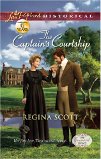 2. Tell us what year your book is set in and why you chose that particular time.
2. Tell us what year your book is set in and why you chose that particular time. Definitely a small village. I love developing the various characters and the relationships among them. So far, my more recent stories keep getting set in the wildness, though—places like the Lake District and the Peak District. I think perhaps the isolation of a single manor, far from others, allows me to focus on the hero and heroine and how they come to find love. That was certainly the case with The Captain’s Courtship. Though it starts and ends in London, most of the action takes place in the Lake District, when my hero Captain Richard Everard brings the heroine to meet his cousin, who she’s agreed to sponsor for a Season.
Definitely a small village. I love developing the various characters and the relationships among them. So far, my more recent stories keep getting set in the wildness, though—places like the Lake District and the Peak District. I think perhaps the isolation of a single manor, far from others, allows me to focus on the hero and heroine and how they come to find love. That was certainly the case with The Captain’s Courtship. Though it starts and ends in London, most of the action takes place in the Lake District, when my hero Captain Richard Everard brings the heroine to meet his cousin, who she’s agreed to sponsor for a Season.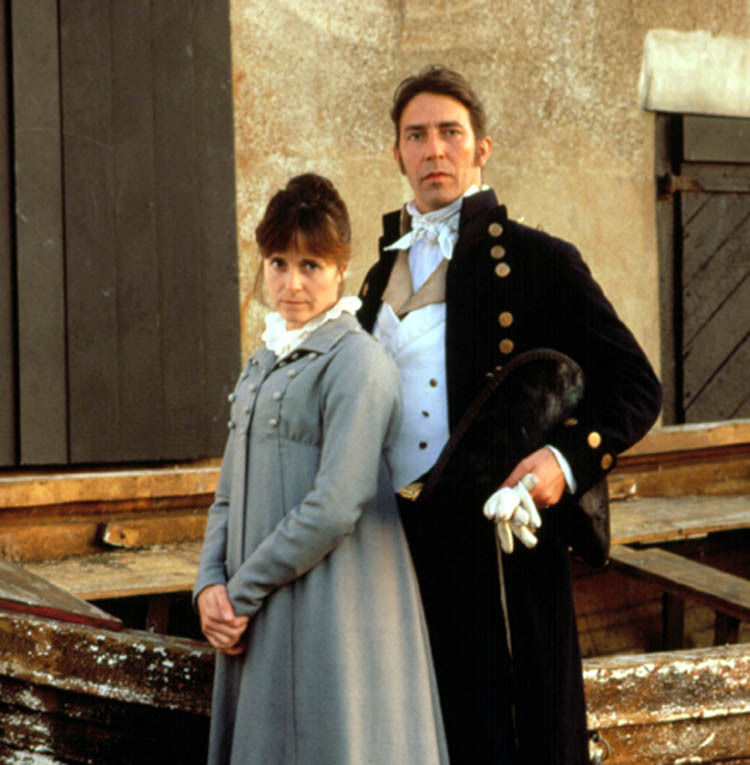 The dashing Captain Richard Everard has faced untold dangers at sea. Steering his young
The dashing Captain Richard Everard has faced untold dangers at sea. Steering his young cousin through a London season, however, is a truly formidable prospect. The girl needs a sponsor, like lovely widow Lady Claire Winthrop-the woman who jilted Richard years ago. Claire believed herself sensible in marrying a well-to-do viscount rather than a penniless second son. How deeply she regretted it! Now their fortunes are reversed, and Richard’s plan will help settle her debts and secure his inheritance. Yet it may yield something even more precious: a chance to be courted by the captain once more.
cousin through a London season, however, is a truly formidable prospect. The girl needs a sponsor, like lovely widow Lady Claire Winthrop-the woman who jilted Richard years ago. Claire believed herself sensible in marrying a well-to-do viscount rather than a penniless second son. How deeply she regretted it! Now their fortunes are reversed, and Richard’s plan will help settle her debts and secure his inheritance. Yet it may yield something even more precious: a chance to be courted by the captain once more.


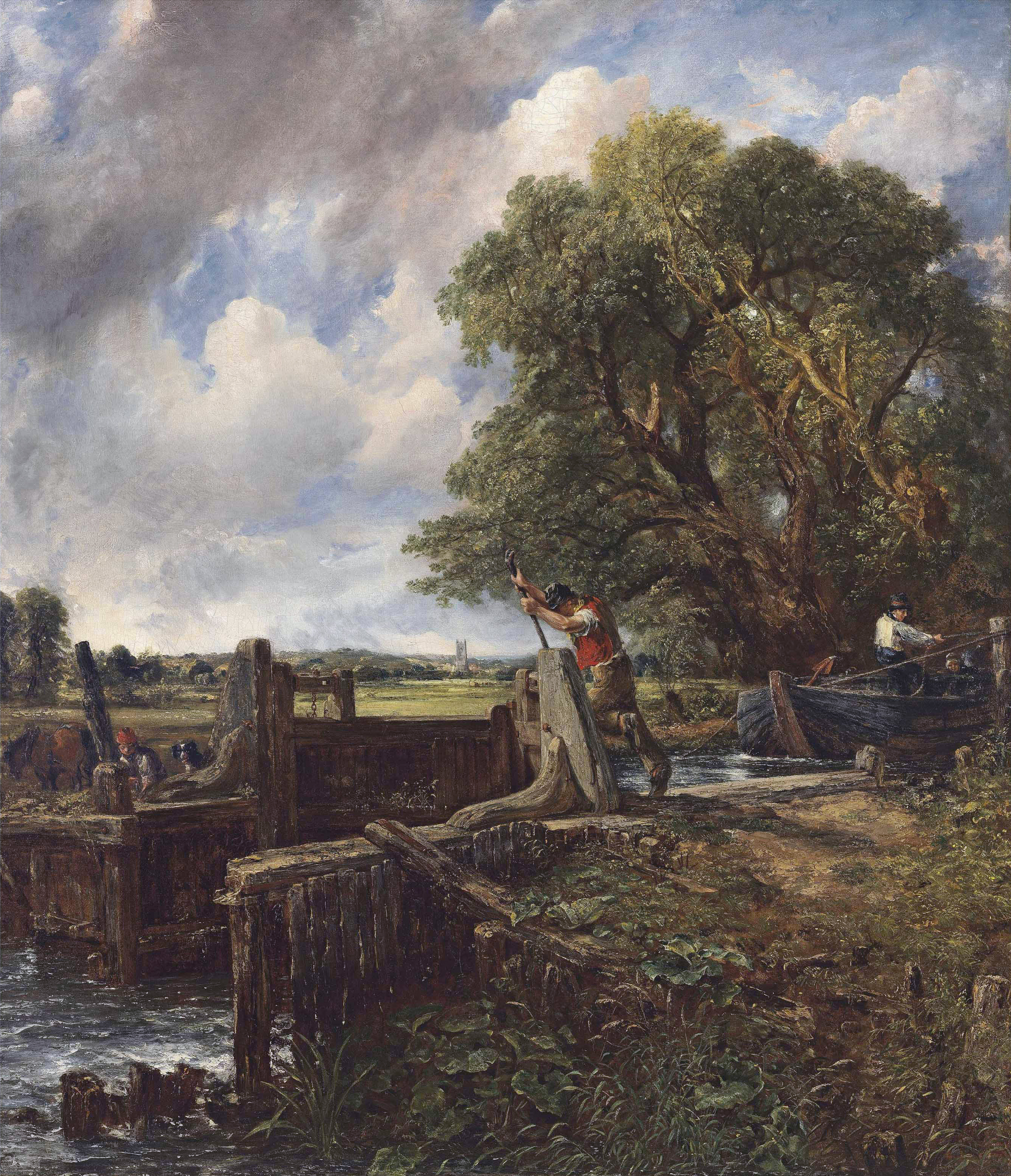
 And who, in the Regency, had jobs that were most likely to force them to travel? Besides the merchants, it was the men in the army and navy. As in every era, wars and rumors of war abounded in the Regency. Take your forty shillings from King George and you were likely to find yourself far, far away from your native England. America? France? Even India? All these destinations and more were possible for the man in uniform. No promises of holiday feasts or vacation amusements, but if you wanted to see the world in the early 1800s, joining up would almost guarantee it.
And who, in the Regency, had jobs that were most likely to force them to travel? Besides the merchants, it was the men in the army and navy. As in every era, wars and rumors of war abounded in the Regency. Take your forty shillings from King George and you were likely to find yourself far, far away from your native England. America? France? Even India? All these destinations and more were possible for the man in uniform. No promises of holiday feasts or vacation amusements, but if you wanted to see the world in the early 1800s, joining up would almost guarantee it.

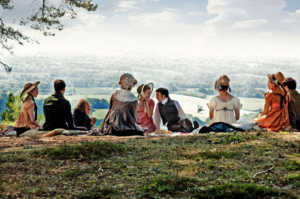
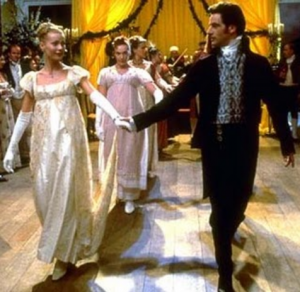


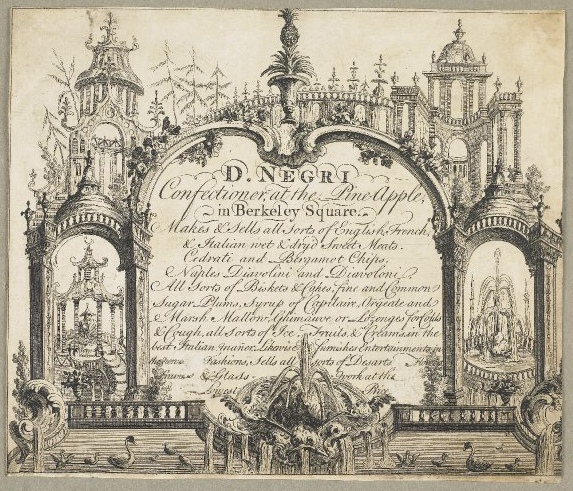




 known as the pelisse. What is that? From the context in which it is found, it is pretty obvious that it is a type of coat. But what type? Why does it have a special name and what are the specifics?
known as the pelisse. What is that? From the context in which it is found, it is pretty obvious that it is a type of coat. But what type? Why does it have a special name and what are the specifics? closest we see in the current era would be a dressy two-piece outfit of sheath dress and matching evening coat. In future posts, I will be covering Spencers, shawls and reticules and how they related to the lives and wardrobes of Regency ladies. I welcome your requests of fashion-related topics you would like me to address … and if you know what Pomona green is, do let me know.
closest we see in the current era would be a dressy two-piece outfit of sheath dress and matching evening coat. In future posts, I will be covering Spencers, shawls and reticules and how they related to the lives and wardrobes of Regency ladies. I welcome your requests of fashion-related topics you would like me to address … and if you know what Pomona green is, do let me know.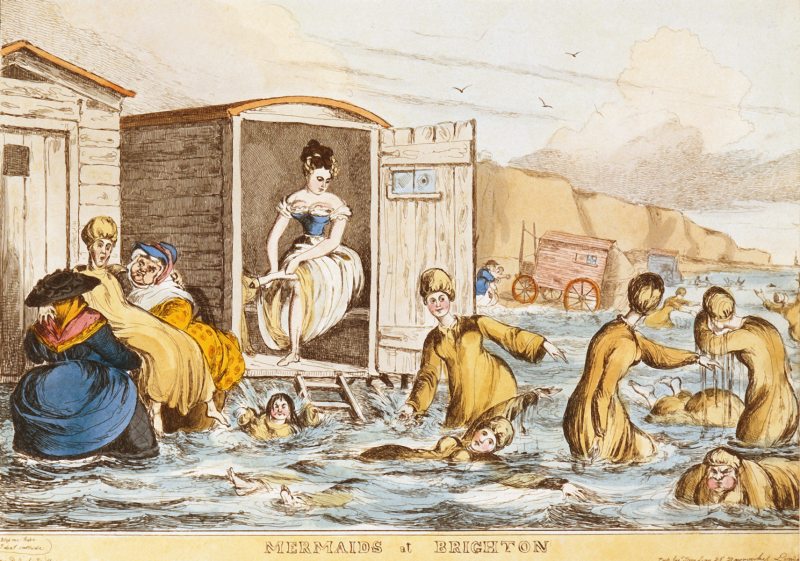


 But it’s possible to bring that serenity and bliss home by allowing God to transform your mind and thinking.
But it’s possible to bring that serenity and bliss home by allowing God to transform your mind and thinking.